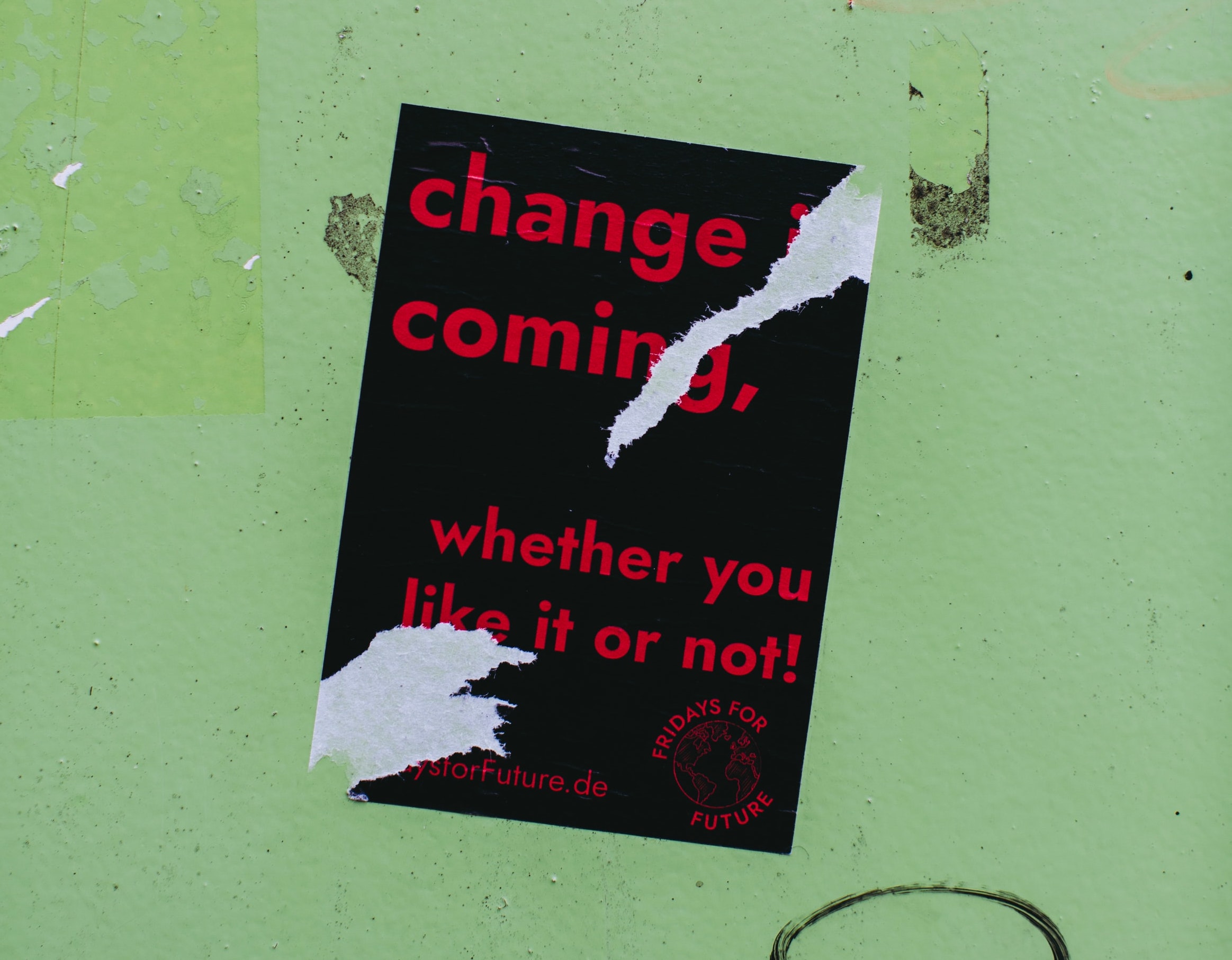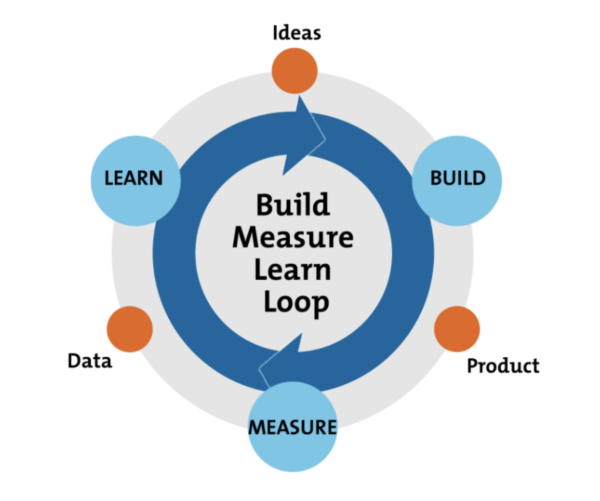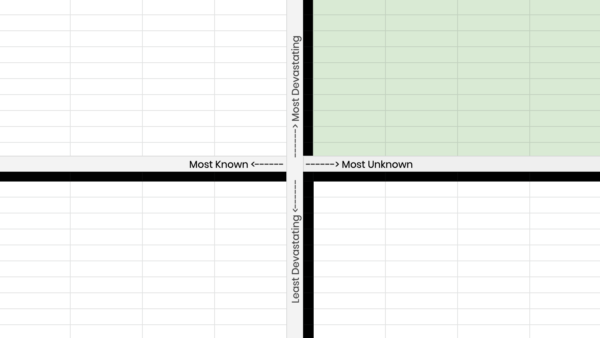Leading in the Age of Rapid Change

Let’s be honest. For many organizations, even daily operations have become a survival-level struggle. Businesses everywhere are being severely tested by the pandemic and its devastation. Whether you’re working to bring in revenue in spite of social distancing, struggling to add capacity and keep up with demand, or facing any other set of new challenges, there is a strong imperative for everyone to think and behave more creatively.
That imperative has created an opening for leaders to bring innovation into the spotlight and drive this mindset across the entire organization. People are looking for strong leadership right now. They want answers, reliable tools, and they are more willing to try new things. Solving problems has become urgent for just about every organization — from small businesses and contractors to large public institutions and corporations.
But what does this mean in practical, actionable terms? How can we step up and lead?
What exactly does it mean to think and behave more innovatively — to be an innovative organization?
Does it mean producing more ideas, trying new things, or testing a different approach? Those are all valid responses to today’s rapidly changing and uncertain environment, but how do you know which ideas are best, or what results matter?
Where is the smartest place to spend your limited resources?

Where Needs Meet Capabilities
Not all learning is relevant. That is, the learnings that matter most are those that are aligned with the customer’s true needs and during this time — the organization’s capabilities at any given moment. It’s a moving target, but by keeping your focus on needs and capabilities you will stay more closely in tune with your customer, and far ahead of the competition.
For example, inside the question “Should this service, product, or feature be built?” you must consider:
- Does the customer have a problem we are trying to solve?
- If we provide a solution, are they willing to pay for it?
- Can we build a sustainable business around these services or products?
To answer these questions, we break down the problem into measurable components. Then we experiment and test. This is the Lean Startup methodology at its core — the build-measure-learn loop is fundamental to any innovation management practice.
This methodology can equip any organization, regardless of industry, size, or complexity, with a process to answer the most relevant questions. This is how you decide with confidence which ideas to develop, when to pivot, and which projects to park or kill.

A Repeatable, Simple Process
The build-measure-learn loop is a systematic, data-driven process that eliminates the inherent risk of relying on human judgement and inherent bias. Our biases often seem correct, because they are based on our past experiences. But in a rapidly-changing world, what succeeded in the past or with a different audience can be fatally flawed or outdated. We need to test our biases and assumptions against hard limits to stay accountable to reality.
The beauty of the build-measure-learn loop is its simplicity. It was developed for and by entrepreneurs, and reduces innovation to its basic components — a repeatable, simple process that can be scaled at any level.
Some people get hung up on the “build” — don’t overthink this. It can be a very rough prototype. The No. 1 question is: How will you get your basic concept in front of potential customers and see how they engage with it?
While designed to support new product and feature development, Lean Startup methodology can also support process or business model innovation simply by aligning with the real needs of the internal customer, i.e. employees, or in the case of process, innovation management, business model innovation, and aligning with partners, suppliers, and other key stakeholders.
Any organization or individual can practice this methodology, but there are three big culture shifts that must happen to support this process:
- Succeeding at Failure, i.e. Learning
- Articulating Assumptions
- Innovation Accounting
As a leader, you can begin to socialize these three core concepts with your teams as you practice build-measure-learn together. With the uncertainty of our current state and a very different future, there are literally unlimited opportunities for learning and testing ideas, so you can become experienced very quickly.
Succeeding at Failure
In Lean Startup methodology, learning is the fundamental unit of measurement, but without failure, you cannot learn. So, how do you succeed at failure?
The methodology erases the stigma of failure by removing the individual from the equation. When practicing these principles, it’s all about ideas and assumptions, not individuals and opinions. Experiments are set up to either prove or disprove our assumptions, and so people are able to distance their ego from the result.
A successful experiment is one that yields meaningful learning. It is that simple.
Learning to think scientifically about our ideas by tying them to specific metrics creates a data-driven, transparent culture where people are free to fail and are able to learn (and unlearn) rapidly.
Because you will test your ideas early and often, projects and ideas never grow “too big to fail.” That’s a common problem that occurs when too much time and too many resources are invested in an unproven idea, inflating the cost of failure to an unsustainable level.
The more uncertainty that exists in the environment, the cheaper and faster our experiments should be.
The startup way is not just about failing fast. It’s about learning cheaper and smarter so you can devote more resources on your successes.

Articulating Assumptions
Getting into the habit of articulating our assumptions is the first step in creating the kind of experimental culture that drives innovation forward and produces consistent, repeatable results. It’s also the first step in rooting out biases and reflexive practices, and creating a more transparent and accountable culture.
In the beginning, assumption maps and other guided processes might seem awkward, but the more you practice, the more habitual it becomes. It shapes the way you think on a daily basis, so you become more rigorous and data-driven over time until it is second nature.
Just look around and you’ll see unlimited opportunities to hone these skills. You can reverse engineer nearly any process, service, product, or method by stating the assumptions built into it and testing viability in the process, subsequently future-proofing any aspect of your business.
Because of the seismic shift now underway in the market, most companies are examining their business models and basic product offerings, and wondering how they will survive in the face of the monumental change.
This is a great place to start. Bring the team together and figure out what assumptions must be true for your model to remain relevant now, in the near future, and in the longer outlook. Build cross-functional teams to break up siloed thinking and work collaboratively to articulate assumptions about how larger shifts could impact your core product or service delivery. Identify which changes could make them stand the test of time.
- What assumptions must be true for this product to succeed?
- How do we expect changes to our product to impact customer behavior?
- How do we expect customers to engage with our product?
- How will events happening now impact customer behavior now, in the short term, and in the longer term?

Innovation Accounting
How do you quantify your assumptions and be sure that new ideas can produce long-term, sustainable value? Innovation accounting translates the language of innovation into financial terms and allows us to present a solid, numbers-based, bottom-up business case for innovation investment. It has the same rigor as traditional accounting, but while traditional accounting uses lagging indicators, innovation accounting uses leading indicators.
This is the place where our experiments are refined, and customer behavior is quantified. It helps us set a baseline and create metrics for evaluating and comparing ideas and product specifications, as well as laying out a system that can help us measure the growth potential of a product over a period of time.
This can be an extremely complicated – or much simpler – analysis depending on where we are in the build-measure-learn loop. We can build an entire business model or just focus on a single product, while also comparing multiple versions, features, and options.
As we build, measure, and learn, innovation accounting provides the ultimate validation of our assumptions about the customer and our ability to deliver.
Mobilizing for Transformative Change
These methods can help any organization develop a more entrepreneurial and data-driven mindset, fostering good habits and establishing a proven process for quickly testing and validating assumptions. The world is changing faster than ever and in fundamental ways. Those who take proactive steps to foster a culture of innovation now, will have the best chance at riding this wave to whatever is waiting on the other side. At Lean Startup Co. we help organizations thrive in this environment, showing them exactly what it takes to adapt quickly, to master the unknown, and to navigate a radically new world.
